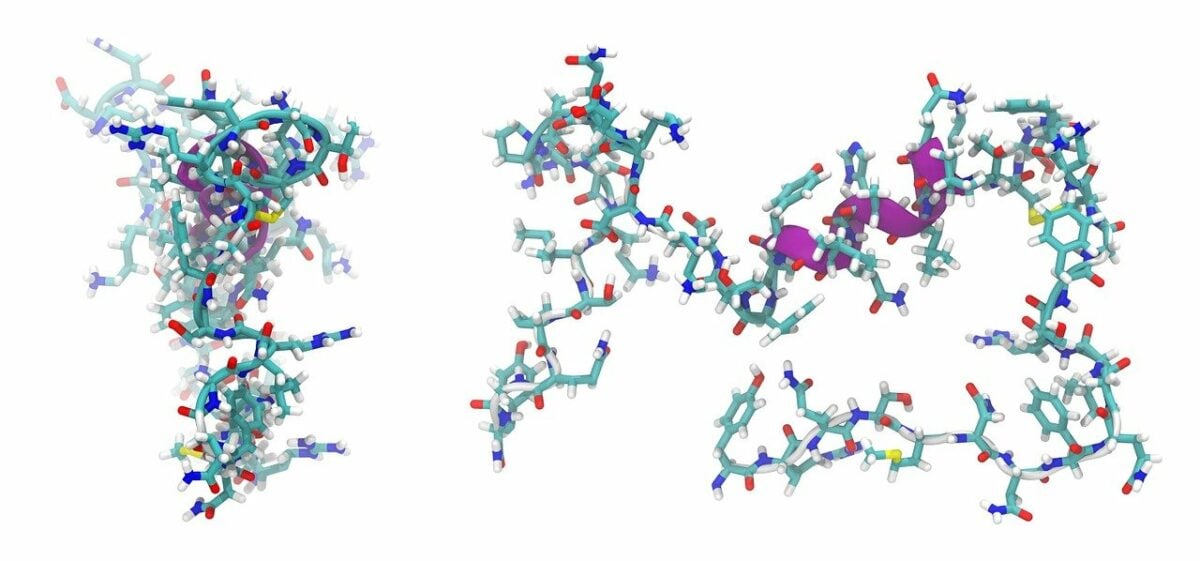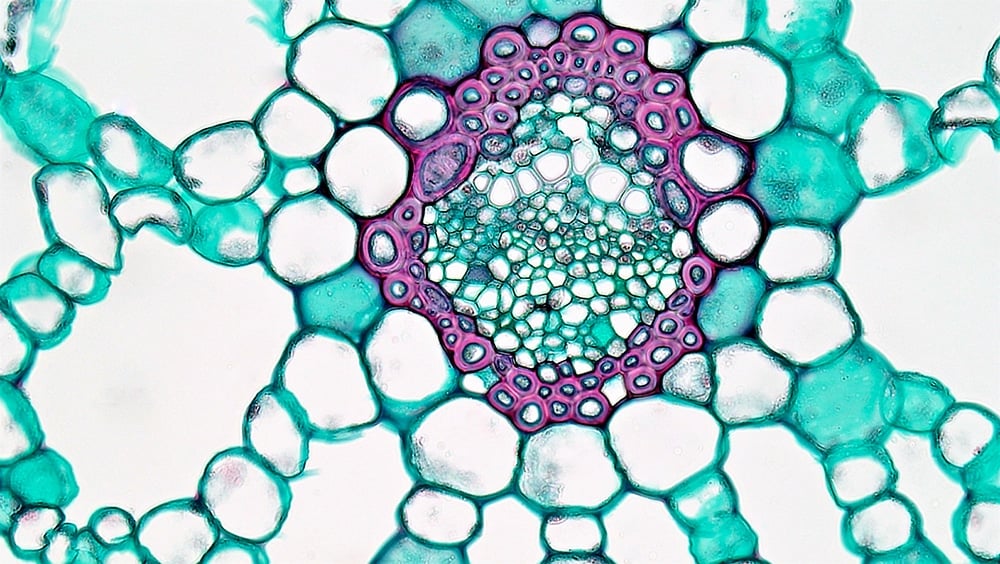Implementing a molecular docking method on Google Cloud Platform

Context
In molecular modeling, docking is a method that calculates the preferred orientation of one molecule towards a second when they are linked to form a stable complex (see the definition of molecular docking).
Aneo and Université Paris Diderot have implemented a molecular docking method on Google Cloud Platform (GCP) to analyze the technical feasibility of migrating to the cloud and its advantages in terms of turnaround time.
Challenge
A molecular docking calculation can take between 20 seconds and 10 minutes, with an average of 5 minutes for a single computer. The molecular library at Université Paris Diderot contains 7.2 million compounds.
Screening the entire database and finding a solution would take 68.5 years on a single computer. To be useful to the pharmaceutical industry, the virtual screening method needs to be much faster.
Solution
Scarcity and cost prevent us from using high-performance computing servers, “supercomputers”, as a tool for simulating the molecular docking library. Cloud technologies provide users with shared, virtually unlimited, on-demand infrastructure, enabling a paradigm shift.
It is now possible to automatically and transparently create a new supercomputer for each new submission, while reducing costs. This makes execution easier, faster and less costly.
Results
A scheduler developed on the basis of managed services constantly monitors the number of pending tasks, in order to provision the right quantity of compute nodes to handle all tasks at any given time. Nodes are automatically deallocated as soon as they become inactive. We have validated this solution on GCP, screening 10000 molecular docking on 850 compute cores in 1 hour instead of 833 hours on a single core.
In conclusion, by running molecular docking simulations on GCP, we were able to shorten computation times from 34 days to 1 hour.

Ready to change how you work?
In the spotlight



